Laser cutting gathers a lot of energy to focus the beam of light on a very small area. When the laser cutter operates, it makes a hole in the material subjected to the laser by burning, melting, or evaporating it. Laser cutting is a thriving industry, and these machines are expected to have a market size of USD 5.7 billion by 2022.
Each material has its specific limits and differences when it comes to metal laser cutting. You might think that a laser cutter can cut anything, but that is not the case. Some materials are not suitable for laser cutting. This is because each material requires a certain level of energy to be cut. For example, the energy required to cut metal with a thickness of 5 mm is much less than the energy required for a metal sheet with a thickness of 20 mm. Therefore, it is quite important to use the appropriate cutter according to the thickness of the metal sheet to be machined and to consult a professional about it.
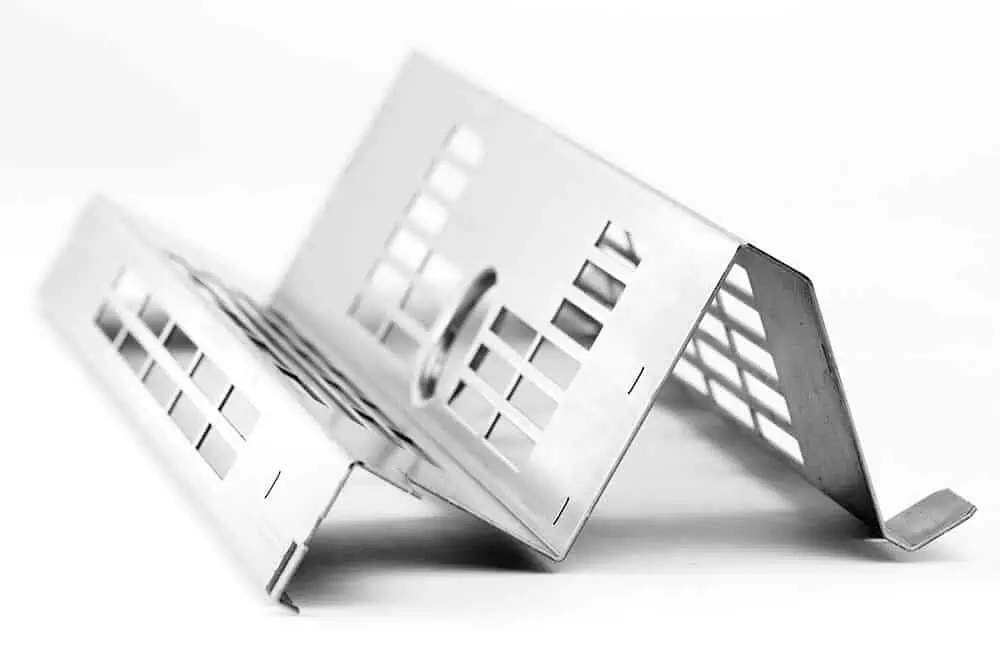
How is Metal Laser Cutting Performed?
The first step in the metal laser cutting process is to design the product. A designer must draw a pattern digitally for the required cuts. In this process, software programs such as Solidworks and AutoCAD can be used. Since the metal laser cutter performs 2-dimensional machining, a simple 2-dimensional design is sufficient.
Then, the process continues on the laser cutter. The metal laser cutter has special drivers that convert a design file into a file that the machine can use. The laser cutter starts to cut the metal after the design is scanned by the machine. A special lens or array of mirrors focuses the beam to the appropriate area. This creates an excessive heat that allows the laser to cut metal and other hard materials.
When correctly focused, the laser quickly creates precise cuts. The laser cutting process on a black sheet, stainless steel, copper, or aluminum sheet is extremely precise and offers excellent cutting quality. It has a very small notch width and a small heat exposure area. It enables cutting very complex geometries and small holes.
How Does the Metal Laser Cutter Work?
Laser beams have a very high intensity, only one wavelength, and color. In a typical CO2 laser machine, this wavelength generates an infrared beam that is not visible to the human eye. The beam can be bounced in different directions by several mirrors or beam benders before focusing on the plate. The focused laser beam passes through a nozzle hole before starting to machine the plate. A compressed gas, such as oxygen or nitrogen, also flows through this nozzle hole.
The shape of the focal point and the intensity of the energy at that point must be precisely focused so that the cut is consistent and perfectly round. When cutting metal, the laser beam simply melts the material, and high-pressure nitrogen is used to blow the molten metal out of the slit.
The laser cutter moves the laser cutting head on the metal plate following the desired shape, thus allowing it to cut the piece from the plate. The capacitive height control system allows a very precise distance between the workpiece and the nozzle tip. This distance is important because it determines where the focus point should be placed relative to the plate surface. The cutting quality is affected by raising and lowering the focal point to just above the plate surface, the surface, or just below the surface.
Several other parameters affect cutting quality, and only if all parameters are properly checked laser cutting is a consistent, reliable, and very precise cutting process.
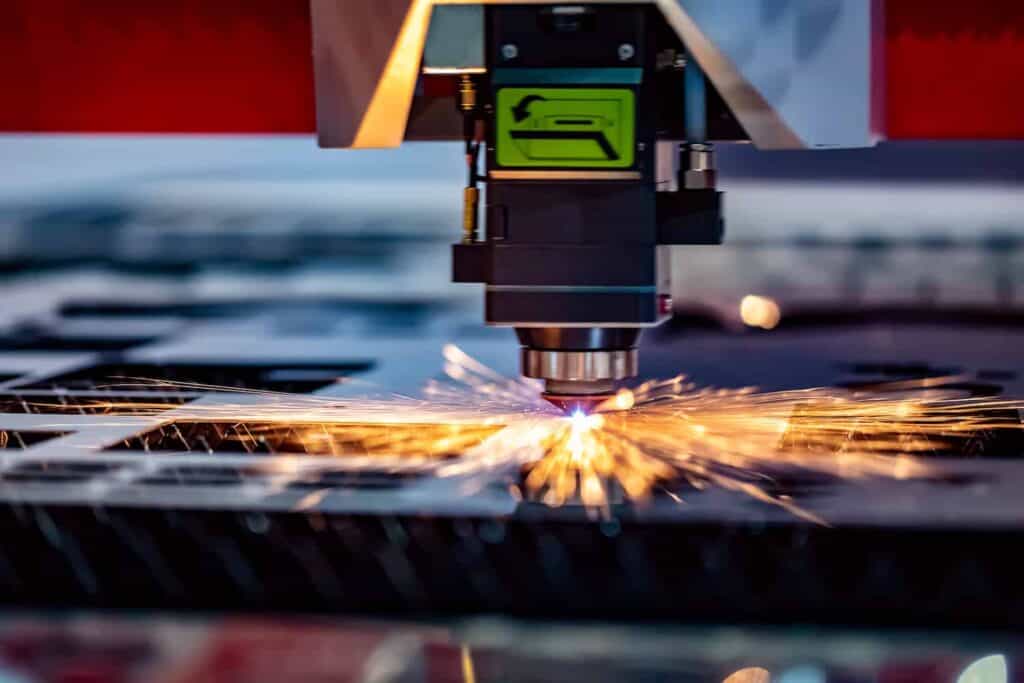
What Kind of Metal Laser Cutter Should Be Used?
In this age of CNC machining, laser cutters, which can cut metals, are still too expensive for a common hobby. The cutters with a power of less than 100 W are quite cheap; however, these cutters are not suitable for machining the metal surface. The metal laser cutters must have a power of at least 300 W, which will increase the cost to a high level. In addition to the price, metal cutters also require gas (usually oxygen) for cutting.
Another challenge for having a metal laser cutter is its size. Most devices that can cut metal require a space that is only available in a workshop. Therefore, getting a professional laser cutting service will be much more advantageous and less costly.
Advantages of Laser Cutting
- Laser cutting is a more sensitive process compared to traditional CNC metal cutting. It causes a very narrow notch width, so it can cut very sensitive contours and sensitive small holes.
- Edge quality is usually very good. It can easily machine extremely small serrations or polygon edges.
- The machining is completed without any burr or with very few burrs.
- Another great feature of laser machining is reliability. The service life of consumables is very long and machine automation is very good.
Disadvantages of Metal Laser Cutting
- You should particularly note that metal laser cutters are not toys. It can cause serious injuries or material loss.
- The laser cutting process is suitable for cutting mild steel up to a thickness of about 1.25 inches. For reliable machining beyond the limit of 1 inch, everything must be accurate, including material, steel grade suitable for laser, gas purity, nozzle condition, and beam quality.
- Due to the complexity of beam transmission, CO2 lasers are not suitable for cutting with multiple heads on the same machine. Fiber cutting is more suitable for cutting with multiple heads.
Xometry & Metal Laser Cutting Solutions
By offering laser cutting solutions for metal materials, Xometry allows you to manufacture with consistent tolerances while maximizing cost effectiveness. Using cutting-edge fiber and CO2 laser cutters, our qualified partner network can provide precise and rapid cuts. You can manufacture your sheet metal parts safely by getting an instant quotation and a manufacturability analysis.
 Europe
Europe  Türkiye
Türkiye  United Kingdom
United Kingdom  Global
Global 

 Login with my Xometry account
Login with my Xometry account  1
1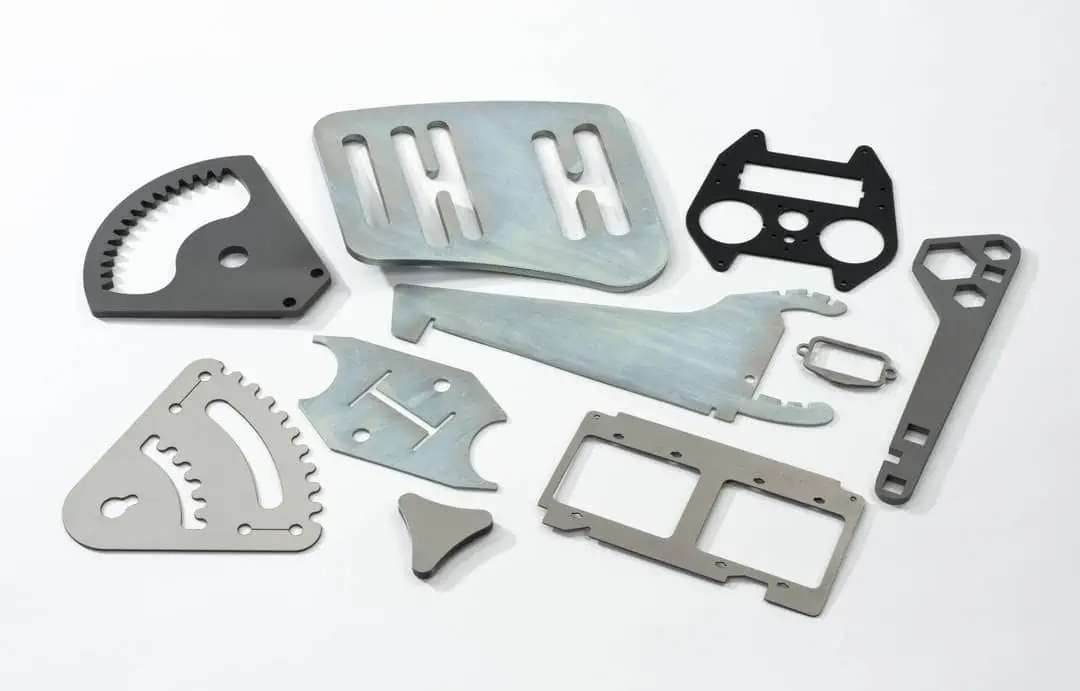

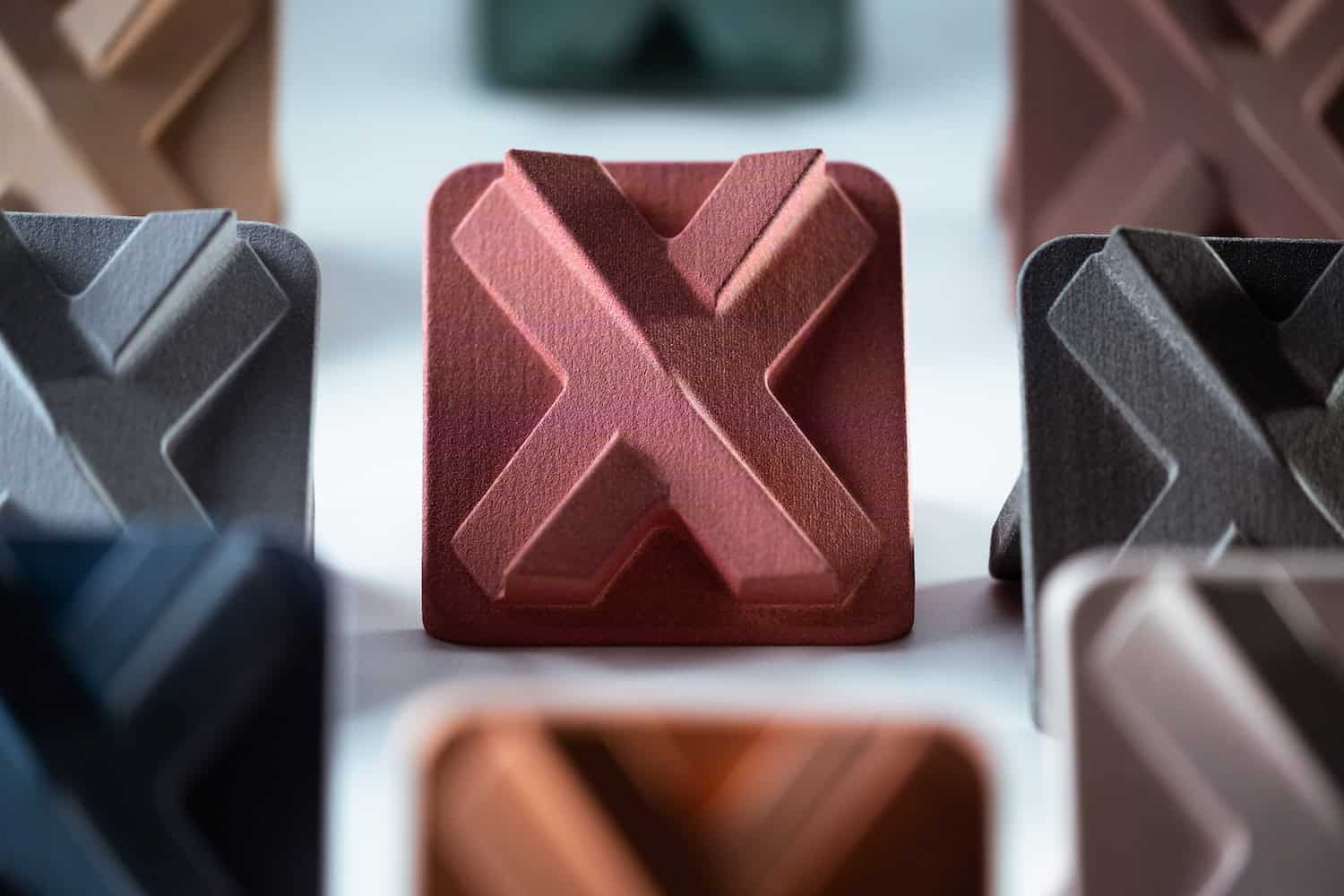
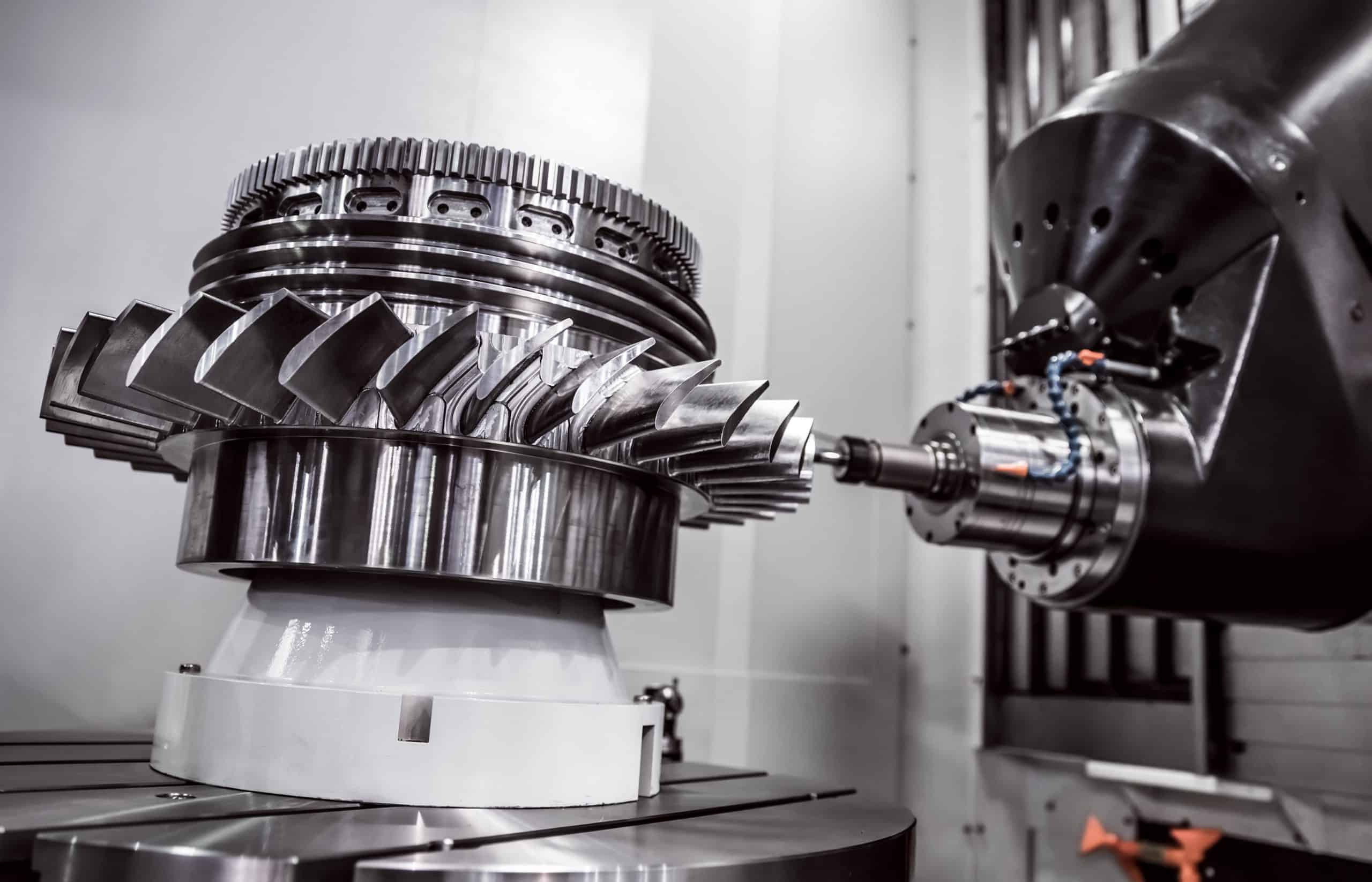
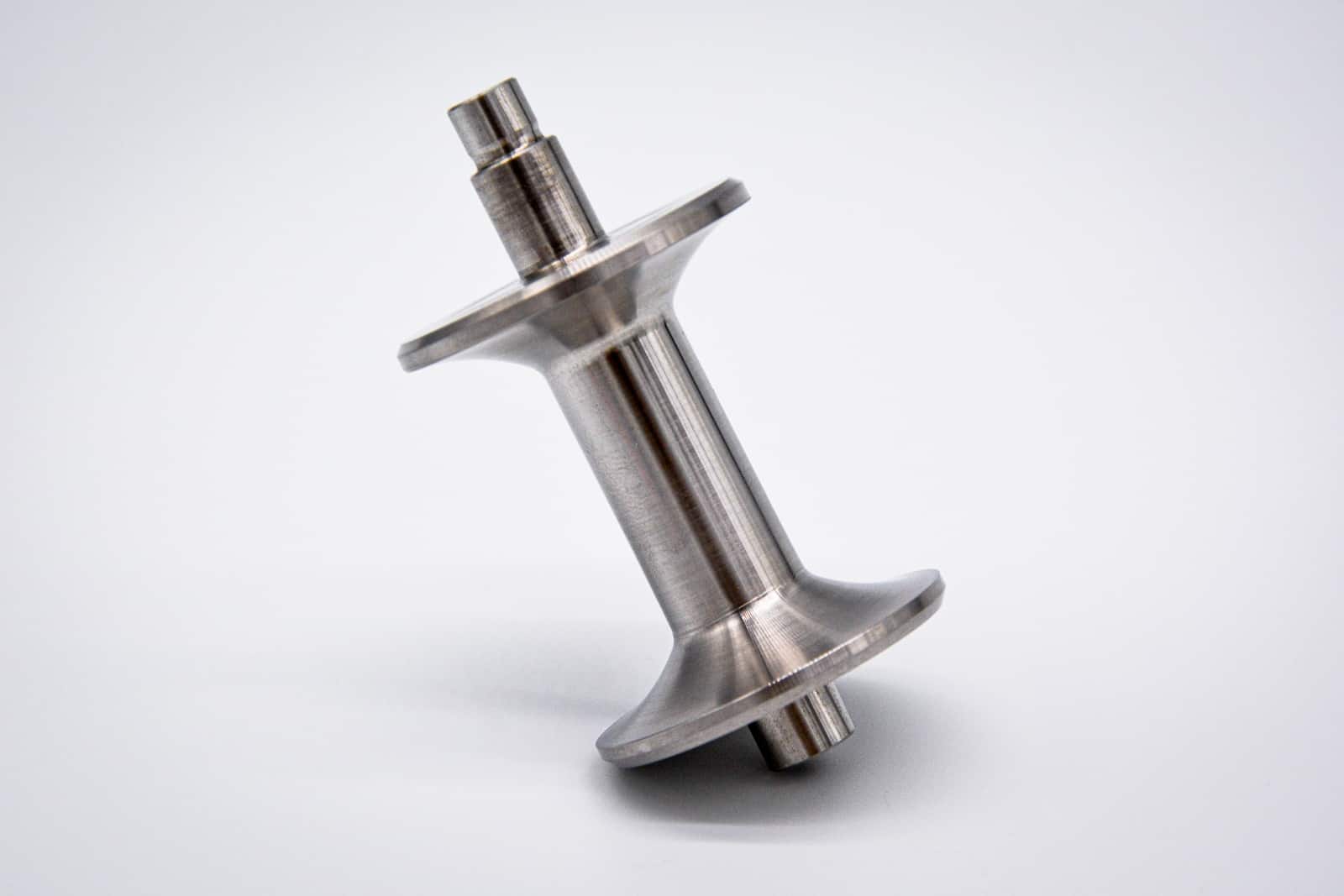
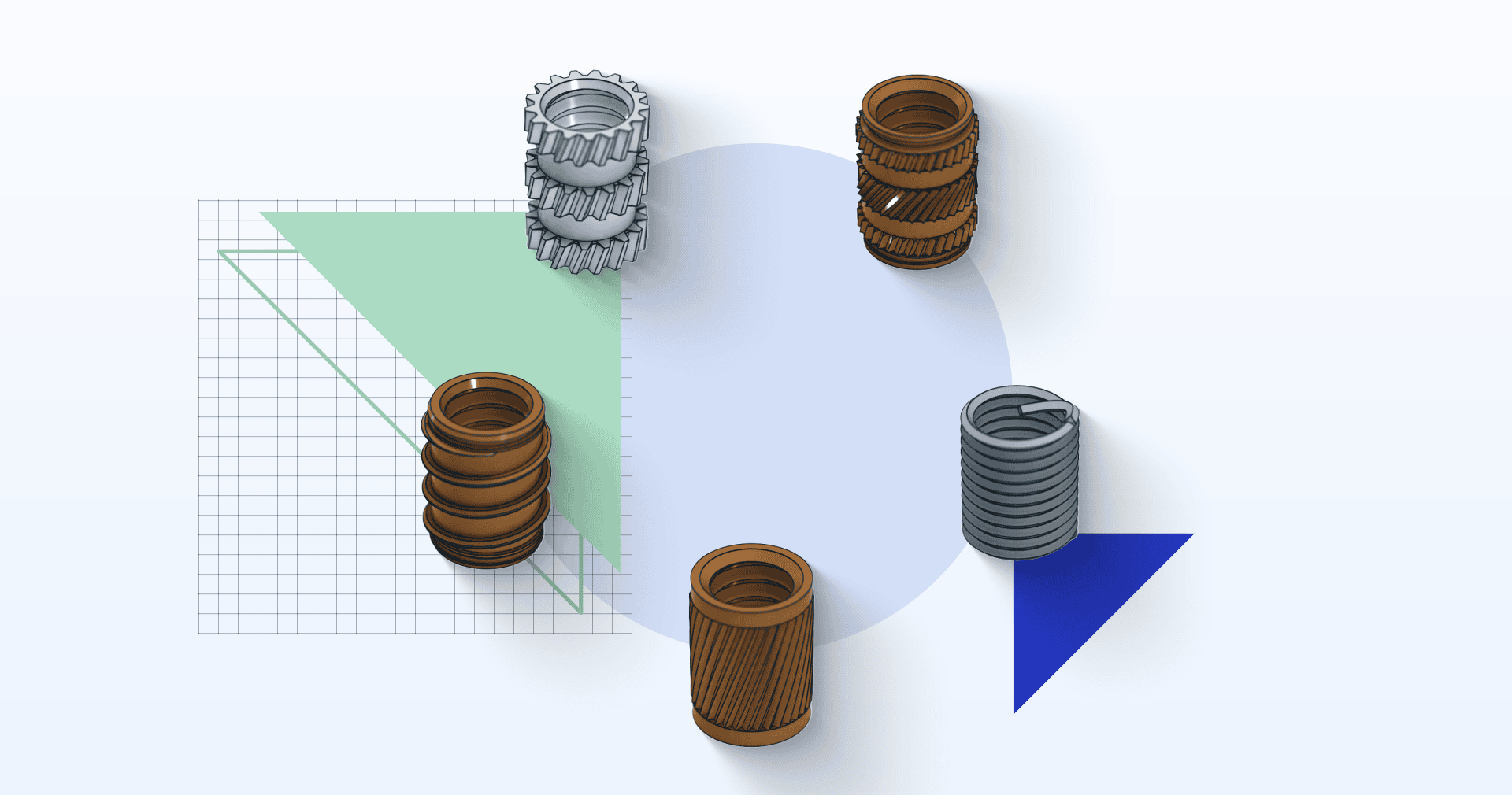




Comment(1)